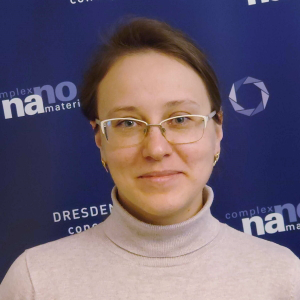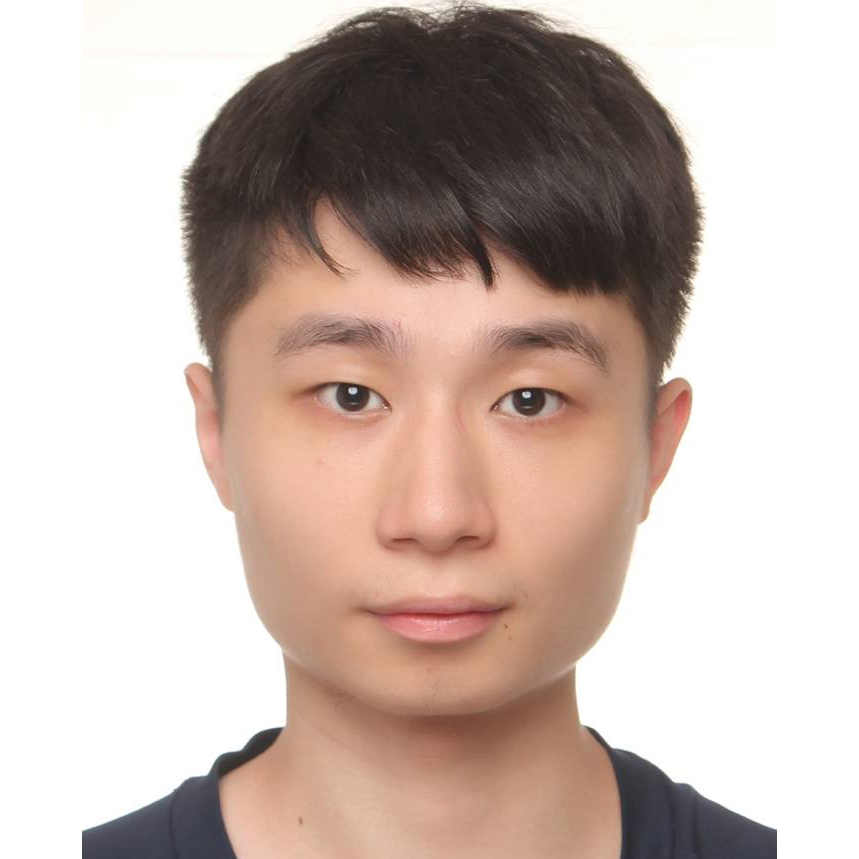Sensor Research and Development
Based on computational modeling techniques, HUJI Israel, TU Dresden and FSU Jena will work closely together to develop novel smell receptor molecules, which enable the electronic recognition of body odors.
Synthesizing mucin based smell receptor molecules (Work Package 3)
BACKGROUND: Our nose smells the different odors by the use of a special glycoprotein. We will use a simpler version of this glycoprotein to assemble an electronic sniffer on an electrode. Such device will be able to sense the level and proportions of different body odors.
METHODS: We will prepare Mucin derived building blocks, utilizing automated glycan and glycoconjugates synthesis. For the usage in the electronic nose device, we will produce detector chips functionalized with mucin derived molecules using a special inkjet printing technology. The interactions of odorants with the functionalized chips will be studied and the gained knowledge used for the further optimization of the technology.
Computational modeling and statistical learning (Work Package 4)
BACKGROUND: To achieve a reliable classification of odors based on sensor data, it is crucial to design a computational workflow able to address key milestones in the process of odor detection. Here, various challenges appear, such as defining an unambiguous set of atomistic identifiers of odor molecules –similar to a molecular fingerprint- which will provide the basis for training Artificial Neural Networks able to predict sensor signals and to discriminate among odor species. Also important is to develop phenomenological models of the electrical response of the sensors in dependence of the specific type of odor molecule (analyte). This in its turn requires to understand with molecular resolution the properties of analyte-receptor binding, in order to both optimize the receptor ́s chemistry and to understand how chemical gating resulting from the binding process affects the electrical response of the sensor platform.
METHODS: We will cover the different length scales involved in the problem by exploiting different computational methodologies. The calculation of suitable sets of descriptors for the relevant pool of odor molecules will be carried out using full quantum mechanical approaches such as Density Functional Theory. Similarly, studies of receptor-analyte binding properties, needed to fine tune sensor performance, will rely on extensive quantum mechanical calculations. The interaction of the receptor molecules with substrates will, however, be targeted with classical Molecular Dynamics simulations able to deal with the relevant configurational dynamics. A key issue in the computational modelling of the sensor response is to develop appropriate coarse-grained models describing the changes in the sensors electrical response upon analyte binding to the receptors. This will be carried out on a more phenomenological level using continuum approaches. Finally, revealing correlations between the time-dependent overall sensor network response and suitably defined fingerprint vectors will be addressed at the level of machine learning approaches. The physico-chemical fingerprints should – ideally– help to identify in a unique way the specific odorant molecule on the basis of the sensor response.
Team members involved















